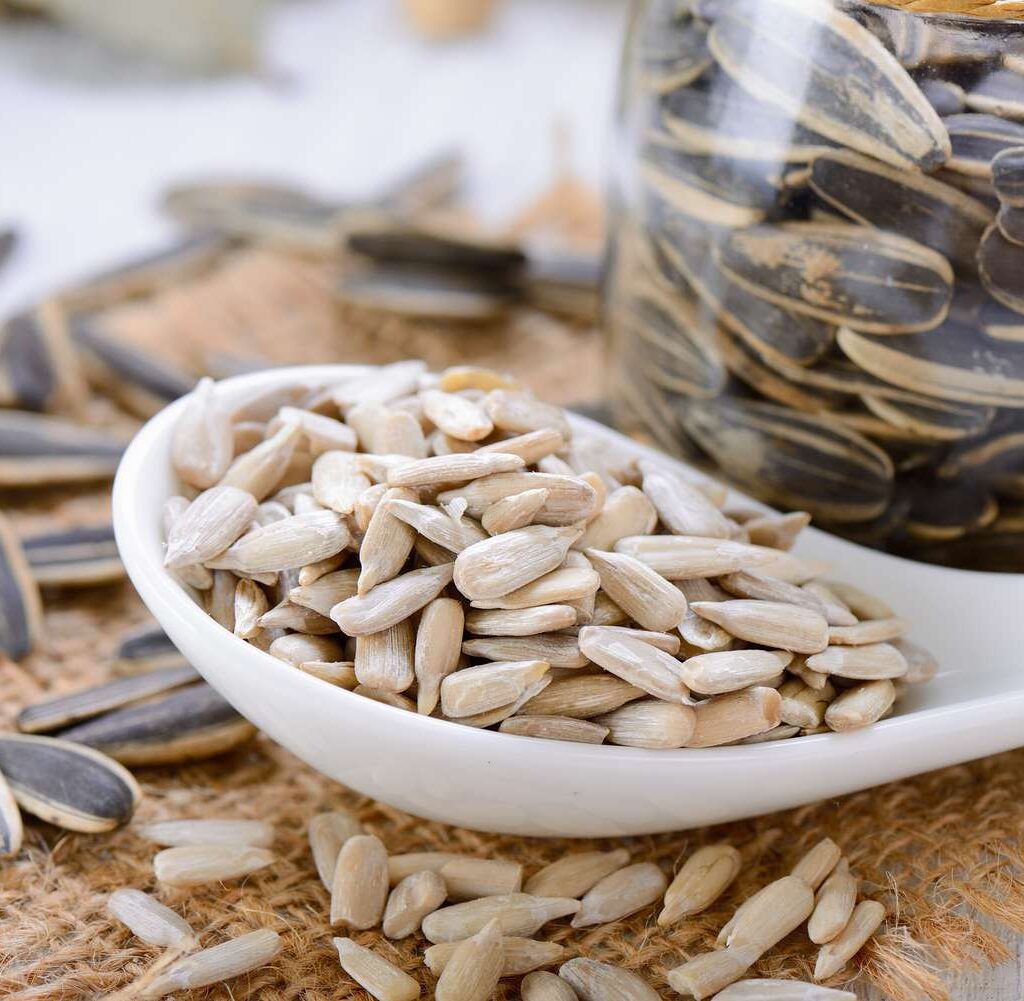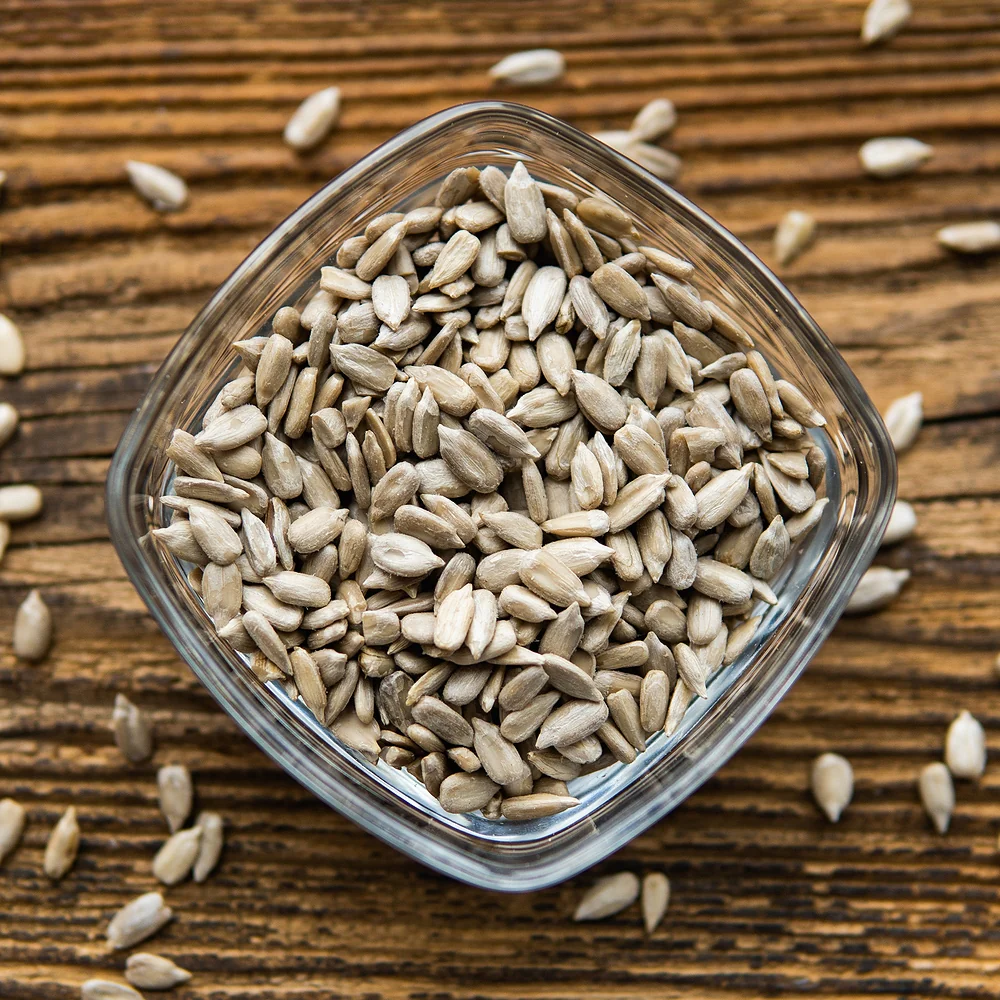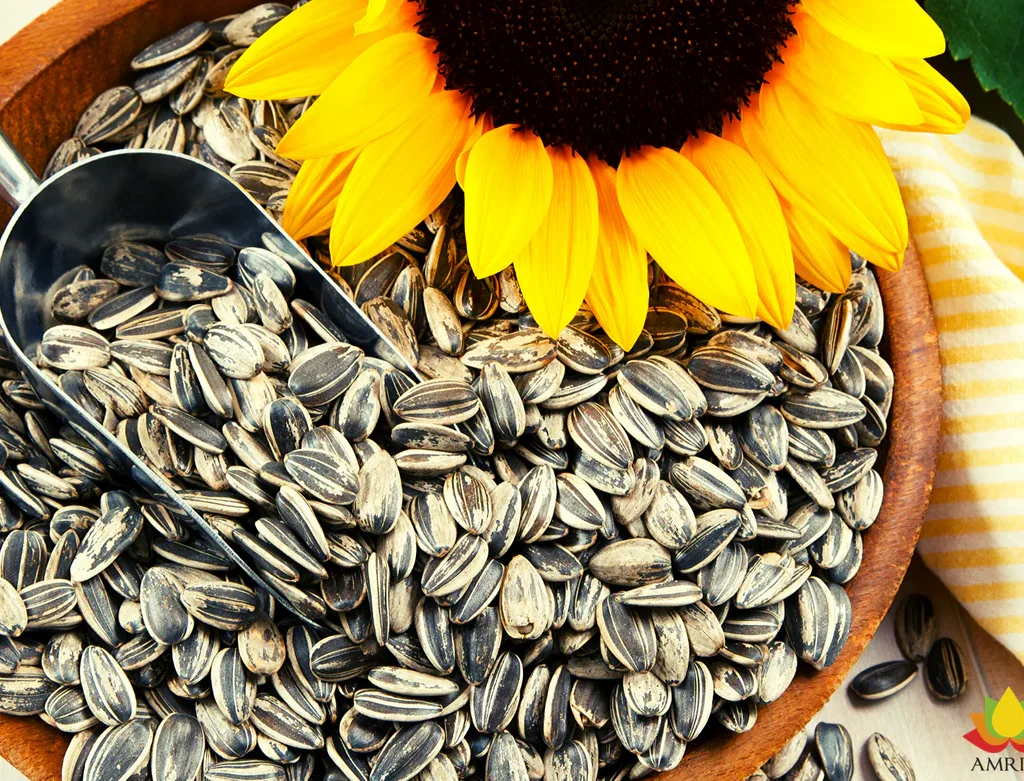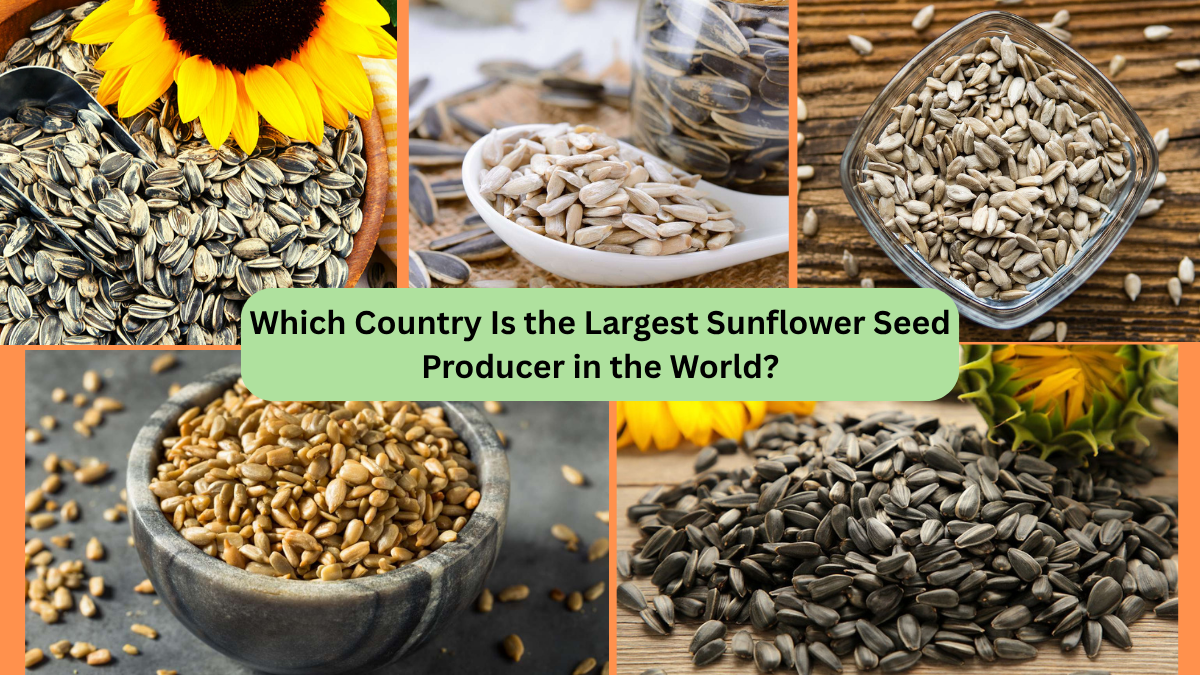Sunflowers — with their tall, vibrant blooms and cheerful faces following the sun — are one of the most iconic and visually striking plants in agriculture. But beyond their beauty, sunflowers play a vital role in the global food and oil industry. The seeds harvested from these golden flowers are used in snacks, cooking oils, animal feed, and even biofuels. So, which country leads the world in producing these valuable seeds? Let’s dive into the fascinating world of sunflower seeds and uncover which nation claims the title of the largest sunflower seed producer on the planet.
What Are Sunflower Seeds?

Sunflower seeds are the small, edible seeds harvested from the head of the sunflower plant (Helianthus annuus). Each sunflower head can hold up to 2,000 seeds. The seeds can be consumed raw, roasted, or pressed to produce sunflower oil, one of the world’s most widely used cooking oils.
Sunflower seeds are celebrated for their rich, nutty flavor and nutritional benefits. They’re packed with healthy fats, protein, fiber, and vital nutrients like vitamin E, magnesium, selenium, and antioxidants.
Global Sunflower Seed Production at a Glance
Sunflowers are grown across multiple continents, but production is particularly concentrated in Eastern Europe, Central Asia, and parts of the Americas. Sunflower seeds are valued both for direct human consumption and for the extraction of oil, which accounts for the bulk of their global use.
Ukraine: The World’s Largest Sunflower Seed Producer

For years, Ukraine has proudly held the title of the world’s largest sunflower seed producer. Known as the “breadbasket of Europe,” Ukraine’s fertile soils and favorable climate make it one of the most productive agricultural regions on Earth — and sunflowers are one of its most iconic crops.
Production Statistics
According to the Food and Agriculture Organization (FAO) and industry trade groups, Ukraine produced around 14 to 16 million metric tons of sunflower seeds per year prior to the recent geopolitical conflicts. This impressive figure accounted for roughly 25% to 30% of global sunflower seed production.
Despite challenges posed by regional instability in recent years, Ukraine remains a global leader in sunflower farming, with large areas dedicated to both conventional and high-oleic sunflower varieties used in premium sunflower oils.
Why Is Ukraine So Dominant in Sunflower Production?
Several factors contribute to Ukraine’s dominance in the sunflower seed market:
- Ideal Climate: Ukraine’s moderate, continental climate with long summers and fertile black soil (known as chernozem) provides perfect conditions for sunflower cultivation.
- Agricultural Expertise: Centuries of farming tradition, coupled with modern technology and agronomic practices, have positioned Ukrainian farmers at the forefront of global sunflower farming.
- Processing Infrastructure: Ukraine is not only a major producer of seeds but also one of the world’s largest producers and exporters of sunflower oil.
- Export-Oriented Production: The majority of Ukraine’s sunflower seed harvest is processed domestically into oil and meal, then exported to international markets.
Russia: A Close Competitor

Russia closely follows Ukraine in sunflower seed production. It’s the second-largest producer in the world, often contributing 12 to 14 million metric tons annually. Like Ukraine, Russia benefits from expansive, fertile lands and a long tradition of sunflower cultivation.
Key Growing Regions in Russia:
- Southern and Central Federal Districts
- Volga region
- Siberia (in recent years, due to climate shifts)
Russia also boasts significant processing capacity and is a major player in the global sunflower oil trade, frequently ranking alongside Ukraine in global export statistics.
Other Major Sunflower Seed Producers
Besides Ukraine and Russia, several other countries contribute significantly to global sunflower seed production:
Argentina
Argentina is the largest sunflower seed producer in the Southern Hemisphere, yielding 2.5 to 3.5 million metric tons annually. Sunflowers are a vital crop in the Pampas region, where they thrive in the temperate climate.
China
China grows approximately 2 to 3 million metric tons of sunflower seeds per year. While much of it is consumed domestically, sunflower seeds are a popular snack in Chinese culture.
Romania
As one of the top producers within the European Union, Romania produces around 2 million metric tons annually, exporting both seeds and oil to neighboring countries.
United States
The United States grows about 900,000 to 1.1 million metric tons of sunflower seeds annually, primarily in North Dakota, South Dakota, and Minnesota. The U.S. industry focuses on both oilseed and confectionery sunflower varieties.
Global Demand for Sunflower Seeds and Oil

Sunflower seeds are used for several purposes:
- Sunflower oil: One of the world’s most popular cooking oils, valued for its light flavor, high smoke point, and heart-healthy profile.
- Snack foods: Roasted sunflower seeds are enjoyed worldwide as a nutritious snack.
- Animal feed: Sunflower meal, the byproduct of oil extraction, is used as livestock feed.
- Biofuels: Sunflower oil can be converted into biodiesel, offering a renewable energy source.
Rising Health Trends
As consumers seek out healthier, plant-based oils rich in unsaturated fats and vitamin E, demand for sunflower oil has surged. It is particularly favored in European, Middle Eastern, and Asian markets.
Challenges in Sunflower Seed Production
Like any global crop, sunflower production faces several challenges:
Climate Variability
Drought, unseasonal rains, and extreme weather can significantly impact sunflower yields, particularly in key producing nations like Ukraine and Russia.
Geopolitical Instability
The recent conflict in Ukraine has disrupted agricultural operations, transport infrastructure, and exports, leading to global supply chain uncertainties and price fluctuations in the edible oil market.
Market Volatility
As sunflower oil prices are closely tied to global vegetable oil markets (including soybean, canola, and palm oil), fluctuations in supply and demand can create economic pressure on growers.
The Future of Sunflower Seed Production

Despite challenges, sunflower farming continues to expand globally. Countries in Africa (like Tanzania, Uganda, and South Africa) and Central Asia (Kazakhstan, Uzbekistan) are investing in sunflower cultivation due to the crop’s adaptability to diverse climates and soils.
Focus on High-Oleic Varieties
There’s increasing demand for high-oleic sunflower oil, which contains more heart-healthy monounsaturated fats and has a longer shelf life — perfect for health-conscious consumers and the food processing industry.
Sustainable Farming Practices
To meet rising demand while protecting the environment, many producers are adopting sustainable, eco-friendly farming practices, including crop rotation, soil conservation, and integrated pest management.
Final Thoughts
So, which country is the largest sunflower seed producer in the world? The answer is Ukraine — a nation whose vast fields of golden sunflowers not only paint a picturesque landscape but also fuel a significant portion of the world’s edible oil and snack markets.
Despite facing recent challenges, Ukraine’s fertile soil, agricultural heritage, and established infrastructure continue to place it at the top of the global sunflower seed industry, closely followed by Russia, Argentina, China, and other producers.
As health trends and sustainable farming practices shape the future, sunflower seeds remain a versatile, nutritious, and economically vital crop on the world stage.





